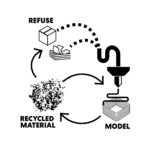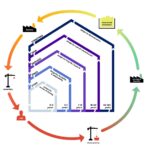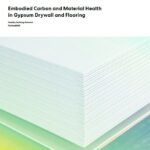
In collaboration with nonprofit research organization Healthy Building Network, we released two pioneering reports aimed at transforming the way architects and designers select sustainable, low-carbon gypsum drywall, flooring, and insulation. To learn how to optimize for both embodied carbon reduction and material health in these product categories, access the reports here.











